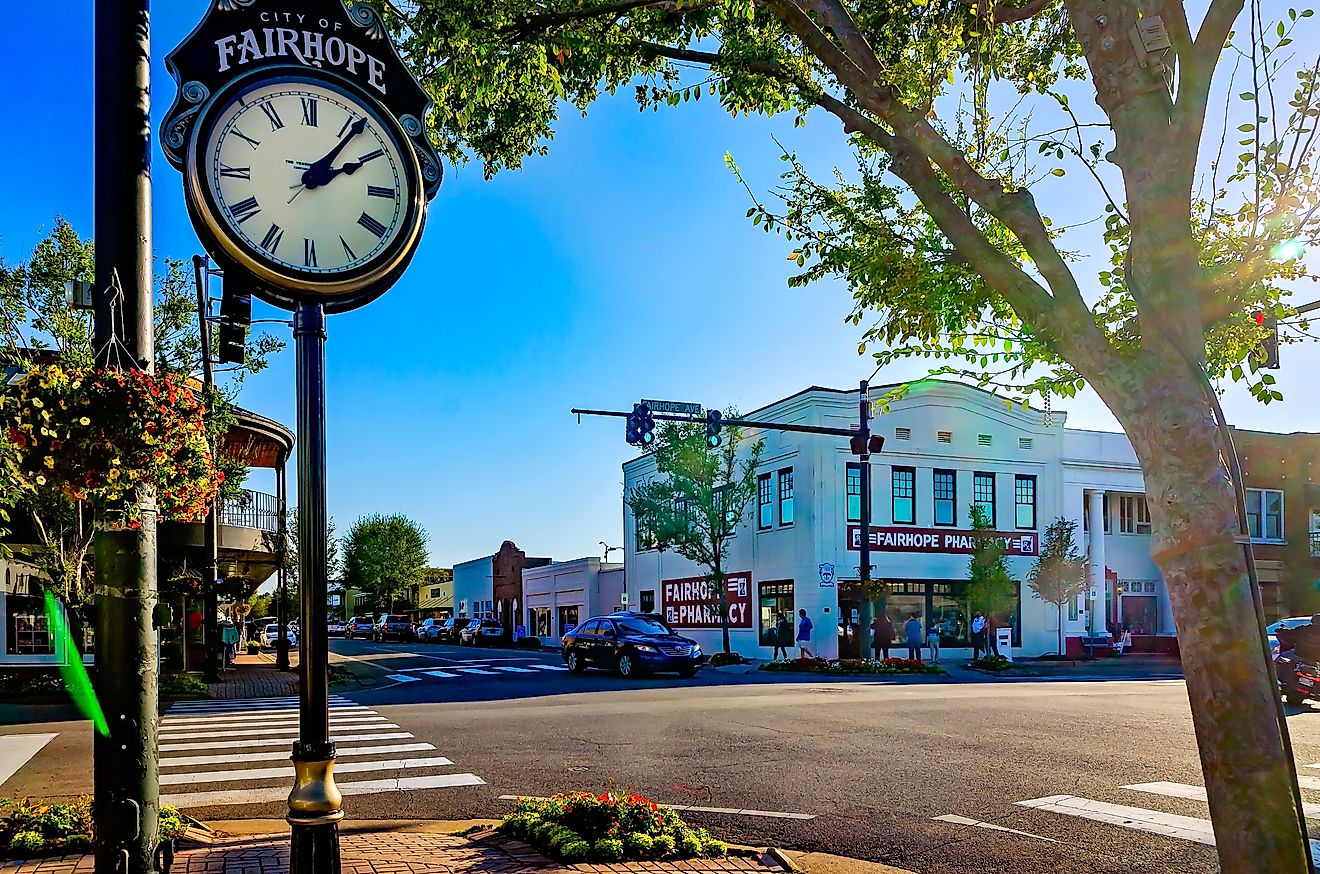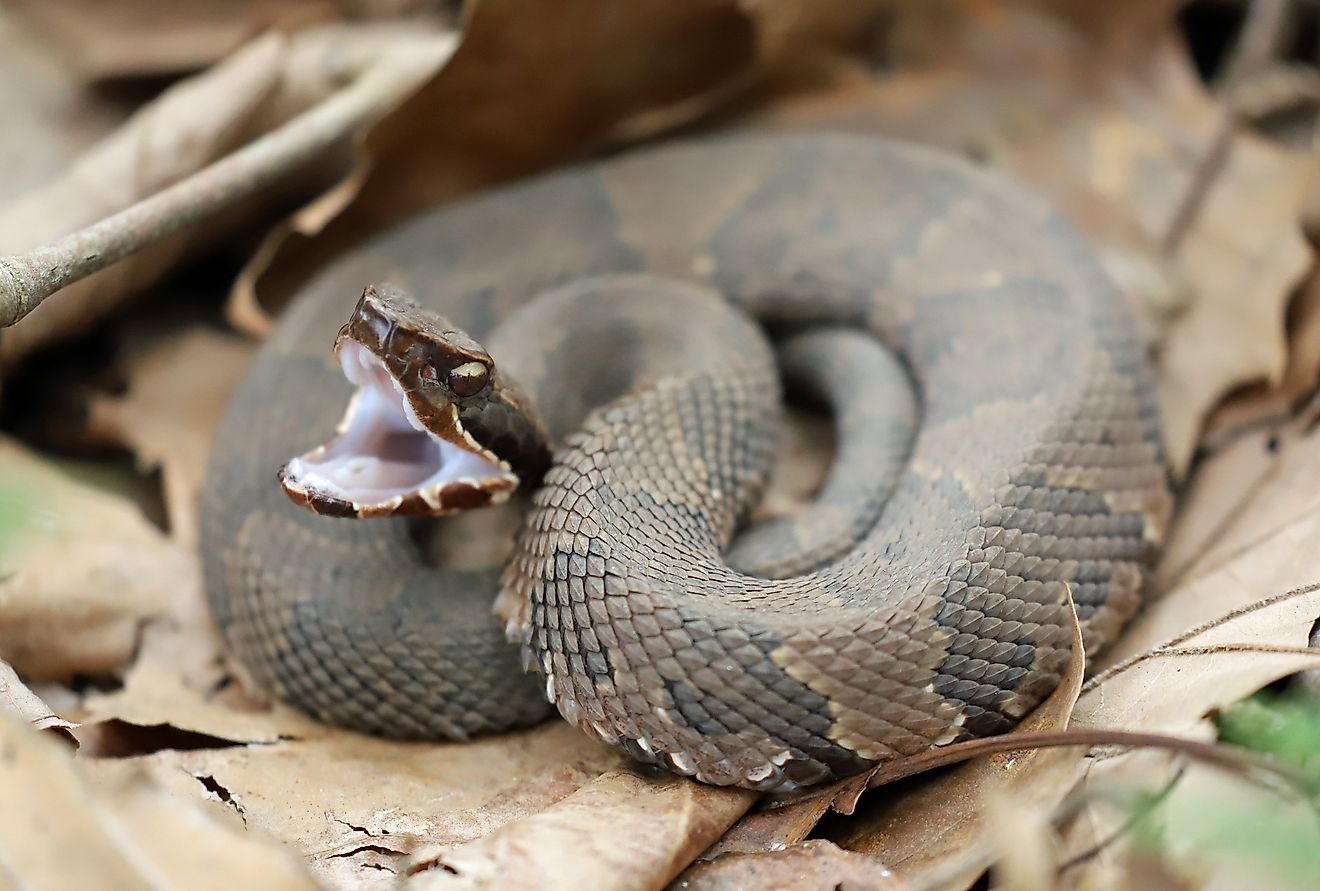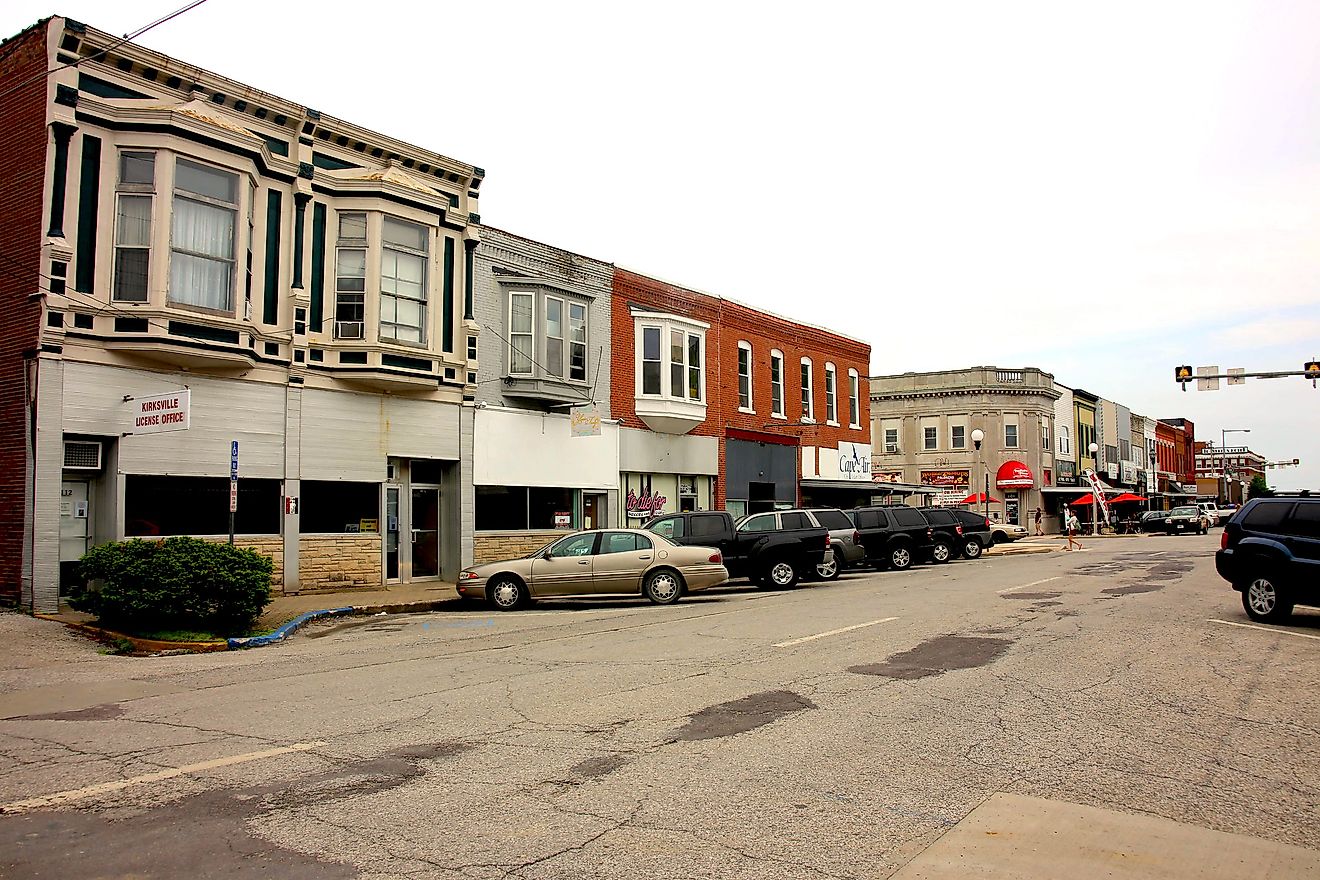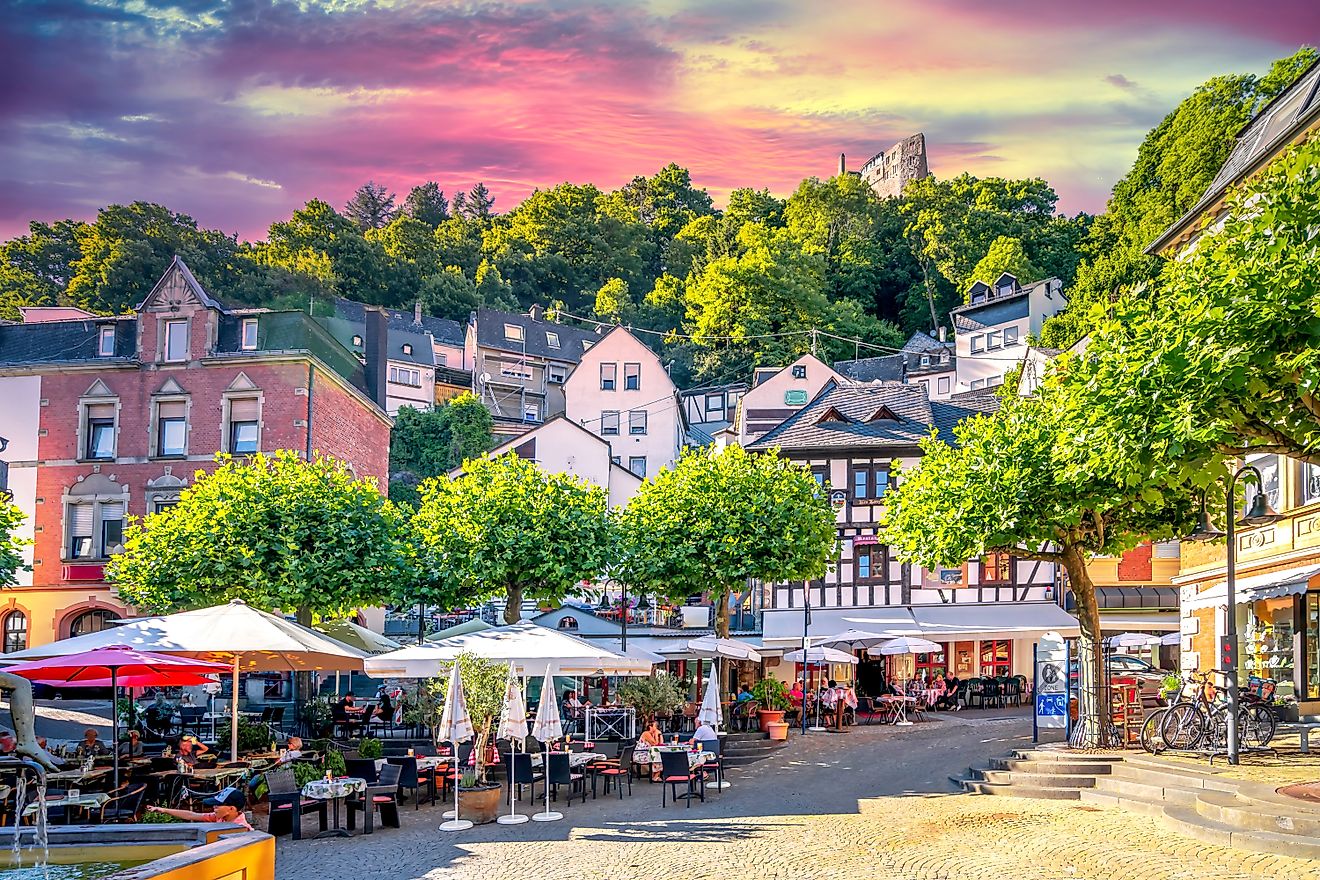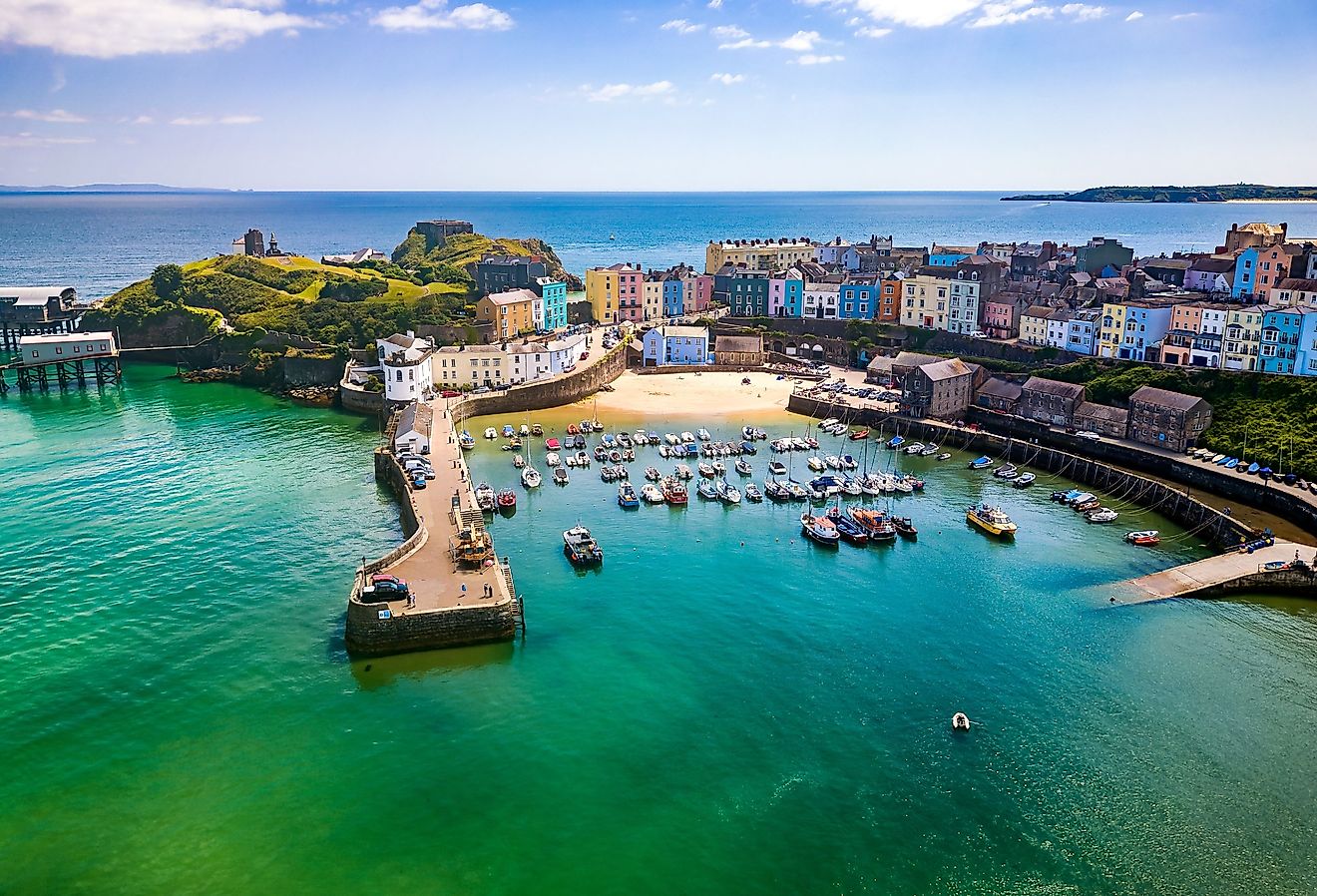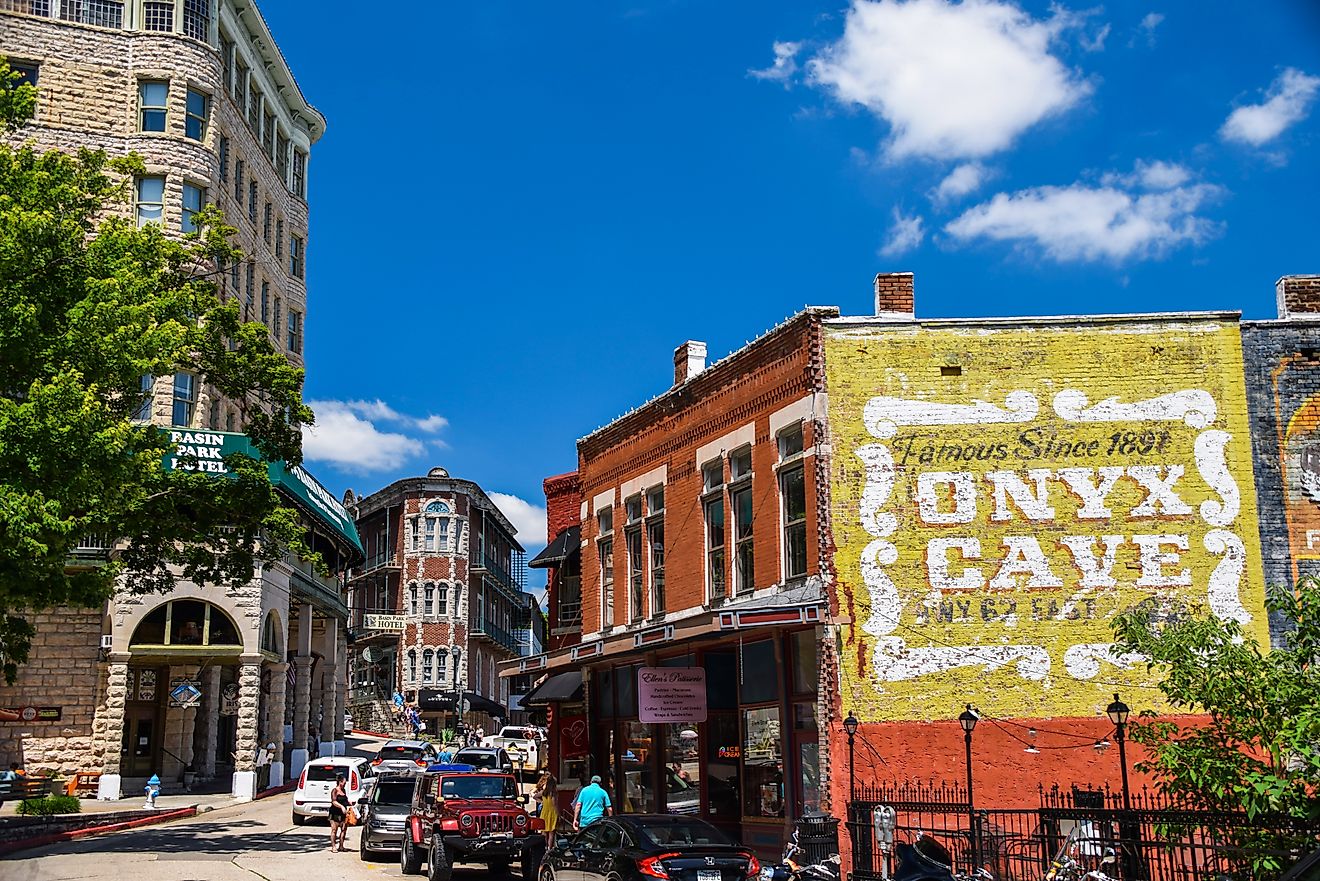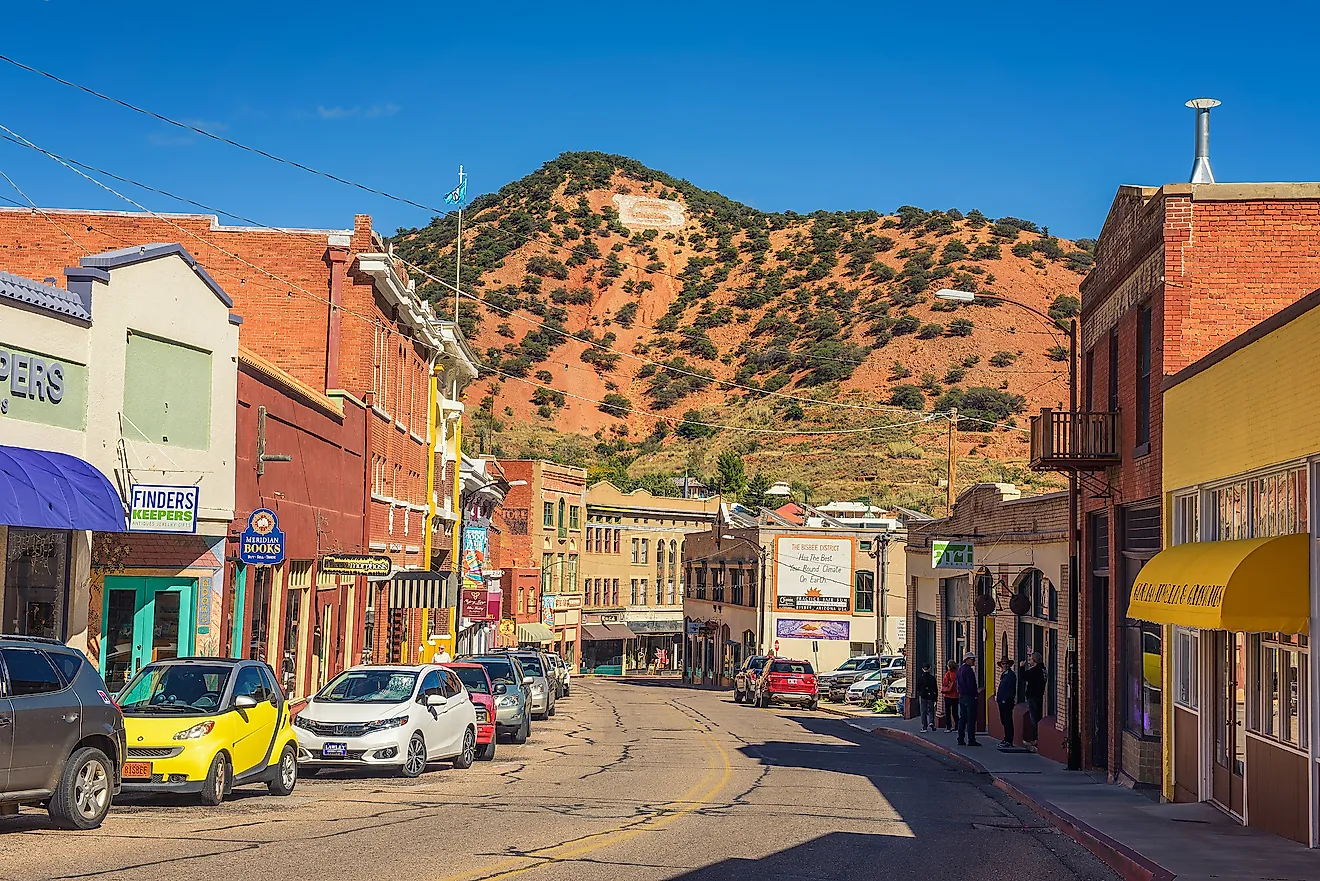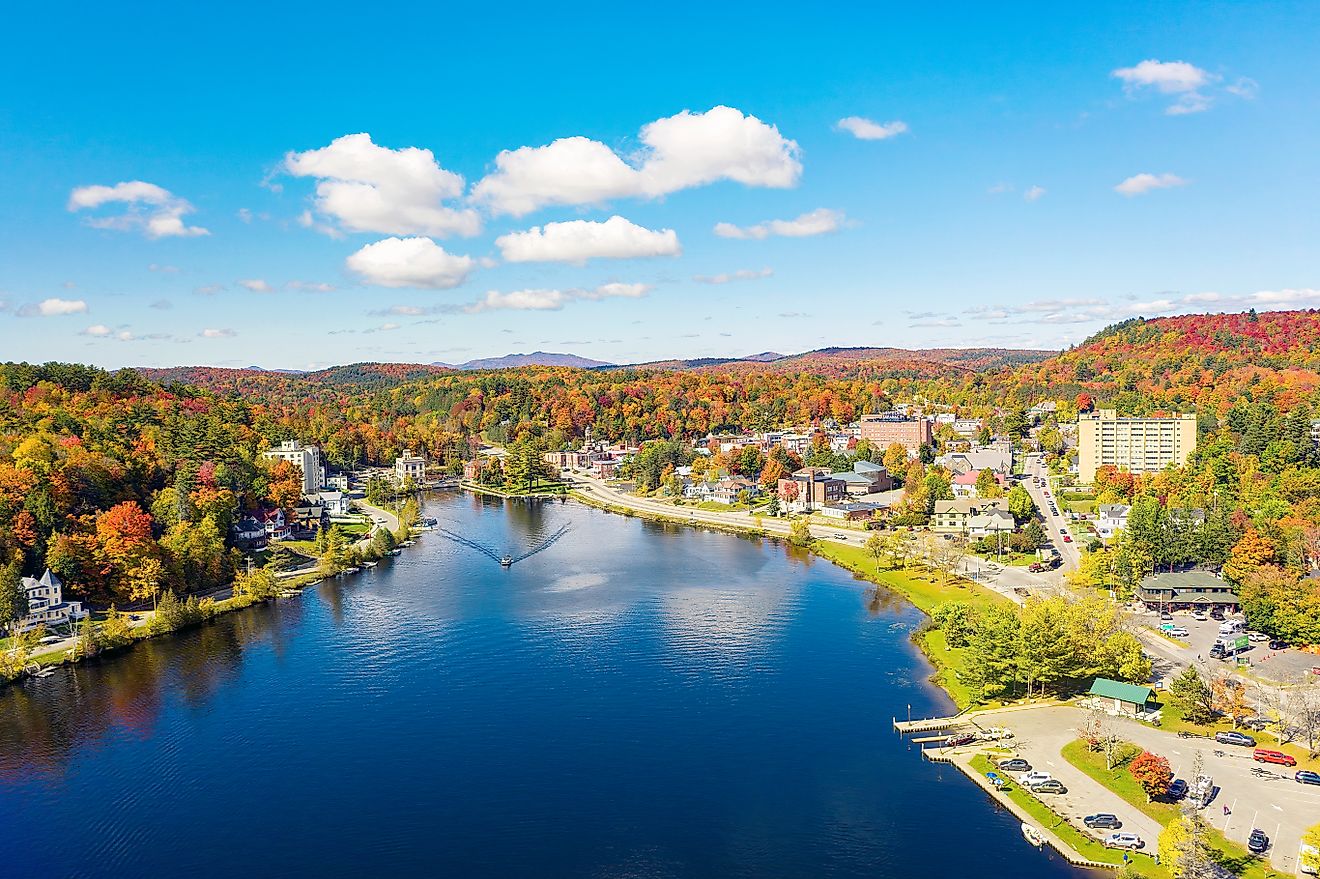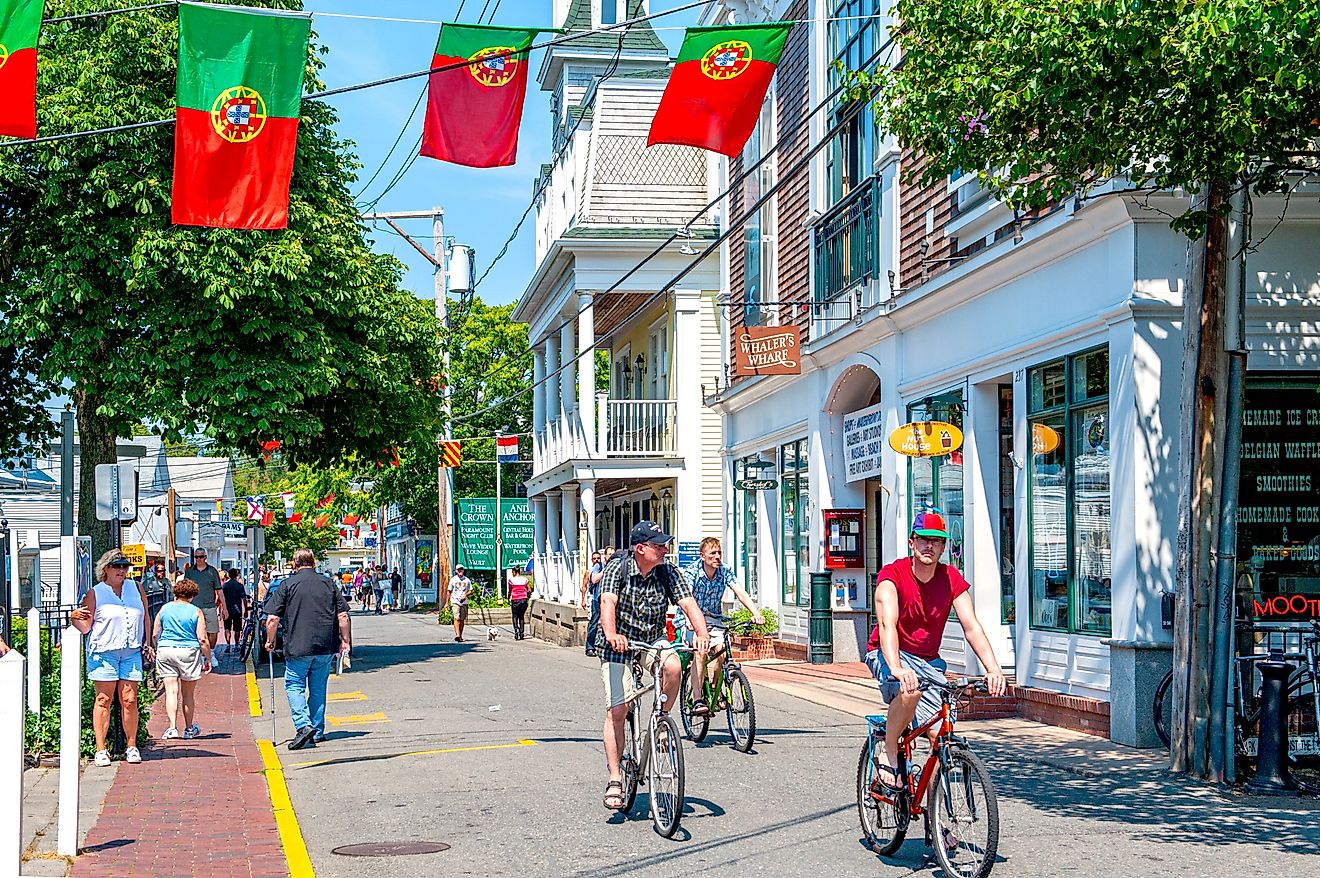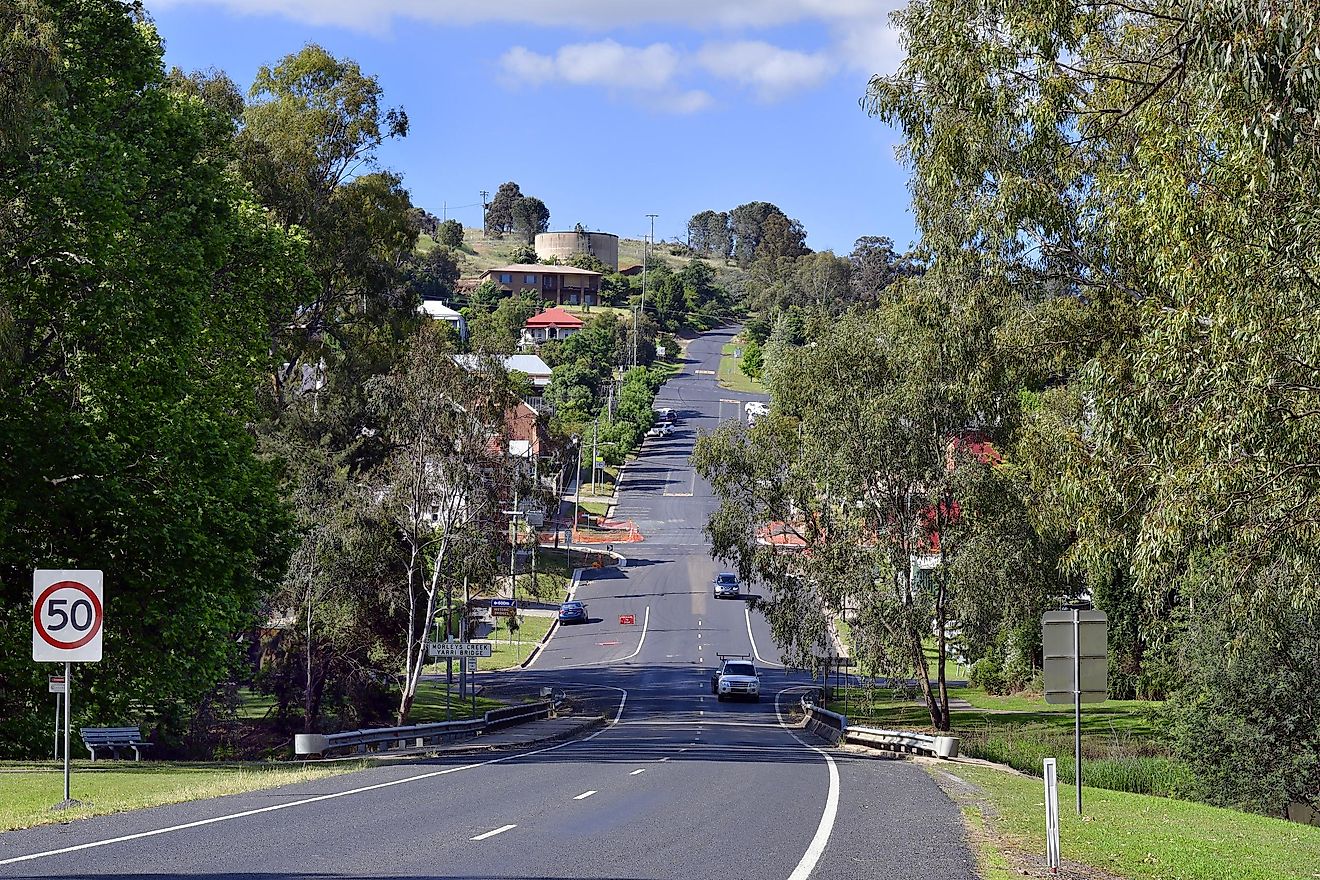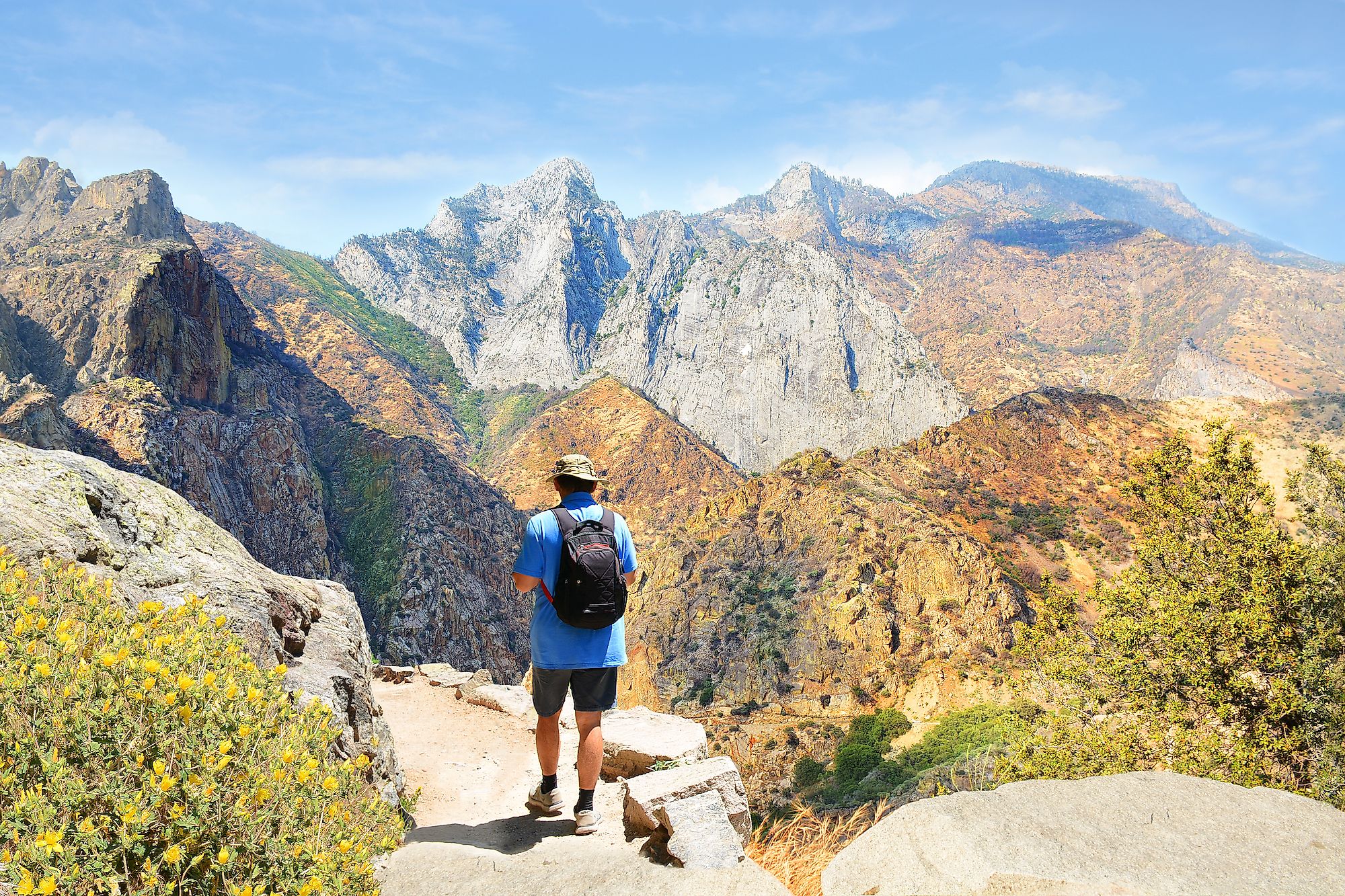
Kings Canyon National Park, California
Covering an area of 423,970 sq. km, the State of California is located in the western (Pacific) region of the United States. This 3rd largest and the most populous US state is also widely known for its natural beauty. Among all the US States, California contains the highest number of national parks.
Situated in the east-central part of the US State of California, in the southern part of the Sierra Nevada Mountain range is the Kings Canyon National Park. The Park occupies an area of 1,869.25 sq. km and is located to the east of San Joaquin Valley in the Fresno and Tulare Counties. The Kings Canyon National Park is surrounded by the Sequoia National Park in the south, and both these National Parks are jointly administered by the National Park Service. The Kings Canyon National Park is also surrounded by the Sierra National Forest in the northwest, the Sequoia National Forest in the west, and the Inyo National Forest in the east. Most of the northern portion of the park is covered by the John Muir Wilderness area.
Geography
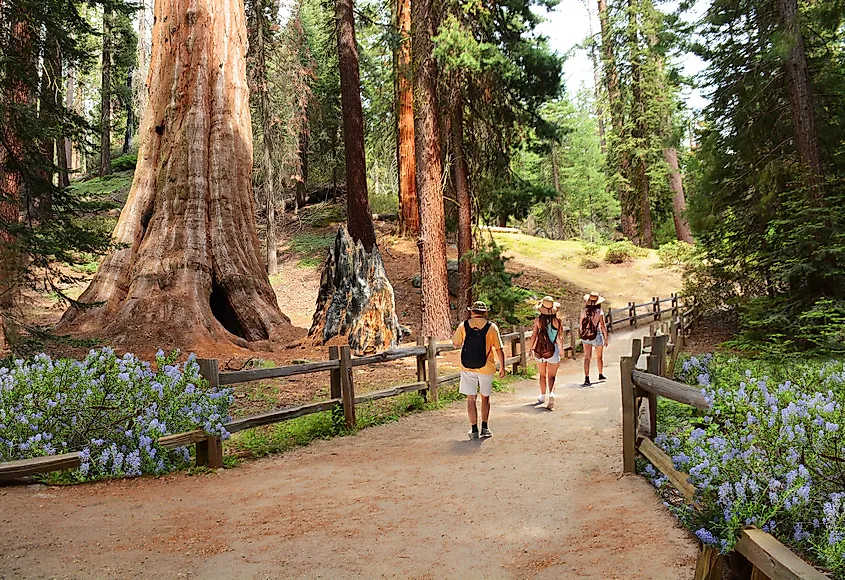
The Kings Canyon National Park comprises two distinct sections. The smaller western section preserves many groves of giant sequoia (Sequoiadendron giganteum) trees, such as the General Grant Grove, and the Redwood Mountain Grove. Located in the General Grant Grove area of the Kings Canyon National Park is the General Grant Tree, which is the park’s largest tree and is also the world’s 2nd largest tree. It is estimated that the tree is approximately 1,650 years old. The General Grant Tree has a height of 81.5m and measures 32.8m in circumference at the ground level. The General Grant Grove of the Kings Canyon National Park is connected with the Giant Forest of the Sequoia National Park via the Generals Highway. Covering an area of 13 sq. km, the Redwood Mountain Grove is the world’s largest natural grove of giant sequoia trees. The giant sequoia forests of the Kings Canyon National Park form a part of the 819 sq. km area of old-growth forests that are shared by both the Sequoia and Kings Canyon National Parks.
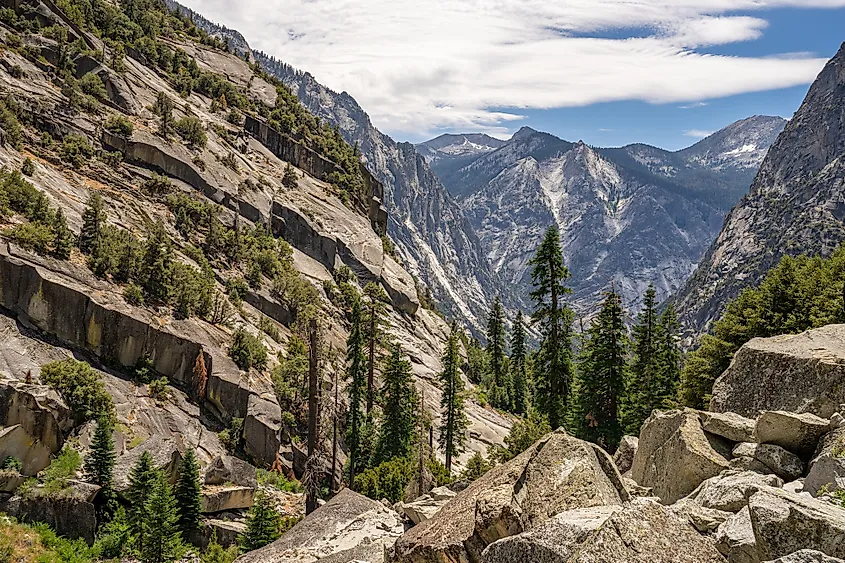
The larger eastern section occupies a major part of the park’s land area and features several extensive glacial canyons that have been formed by the two tributaries of the Kings River – the Middle Fork Kings River and South Fork Kings River. Located on the South Fork Kings River is the Kings Canyon. The walls of the Kings Canyon were carved out by Ice-Age glaciers out of granite and the canyon reaches a maximum depth of 2,500m, making it one of the United States’ deepest canyons. Located near the South Fork Kings River, at the heart of the Kings Canyon is the Cedar Grove, which forms the only part of the National Park that can be accessed by road. The Kings Canyon on the South Fork Kings River and the Tehipite Valley on the Middle Fork Kings River are the park’s two-deep U-shaped glacial gorges.
Located along the park’s eastern boundary are the high mountain peaks of the Sierra Crest. The Sierra crest extends from Mount Goethe in the north to the Junction Peak at the park’s border with the Sequoia National Park. Several passes including the Kearsarge Pass, Bishop Pass, Taboose Pass, and Sawmill Pass cross the Sierra crest. The Sierra Nevada’s Palisades group of mountain peaks are also located along the park’s eastern boundary. The park’s highest point is the North Palisade Mountain peak, which rises to an elevation of 4,343m NAVD88. Another prominent mountain ridge, the Great Western Divide runs along the south-central portion of the park and features many high mountain peaks. The northwest portion of the park also contains several steep mountain ranges. All these mountains and canyons have been formed approximately 100 million years ago and are made up of igneous intrusive rocks. The Boyden Cave is located to the west of the Kings Canyon National Park in the Giant Sequoia National Monument.
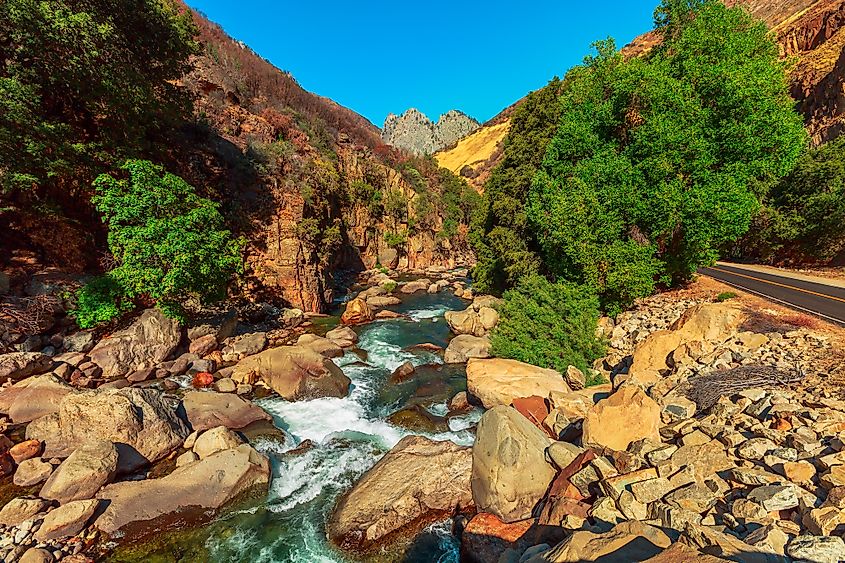
Many notable Sierra rivers originate from the park. These include the South Fork Kings River, the Middle Fork Kings River, and the South Fork Dan Joaquin River. The park’s southern boundary with the Sequoia National Park forms a divide between the Kaweah, Kings, and Kern Rivers. A portion of the western border forms the divide between the Middle and North Forks of the Kings River. Many short waterfalls are found in the park including Roaring River Falls, the Mist Falls, and the Grizzly Falls. There are many scenic trails including the Pacific Crest National Scenic Trail, John Muir Trail, etc which runs along the eastern part of the Kings Canyon National Park.
Climate
According to the Köppen climate classification, the Kings Canyon National Park experiences a warm-summer Mediterranean climate, with hot and dry summers and mild and wet winters. The Park receives an average annual rainfall of 66cm. The higher elevations receive snowfall during the winter months.
Flora And Fauna
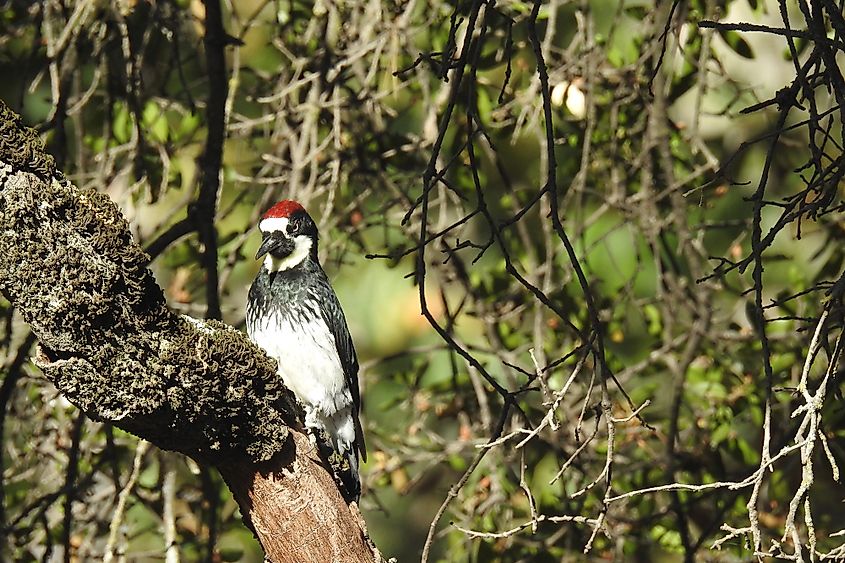
The diverse topography of the Kings Canyon National Park supports more than 1,200 species of vascular plants. In addition to the massive giant sequoia trees, the park contains several major plant communities. Several plants like chaparral, shrubs, oak, willows, sycamores, ponderosa pine, incense cedar, sugar pine, white fir, red fir, mountain hemlock, white bark pine, etc. are found in the park.
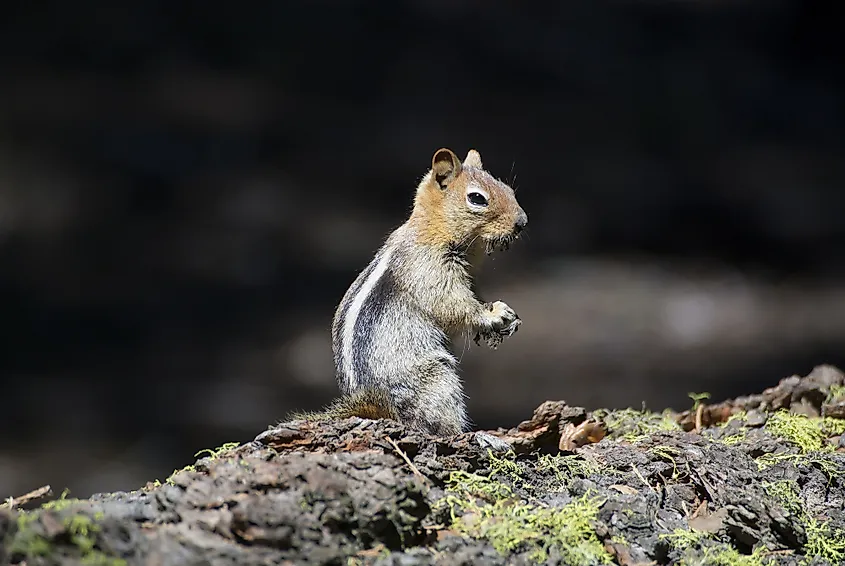
Numerous faunal species are found in the Kings Canyon National Park including the Sierra Nevada bighorn sheep, mule deer, mountain lions, golden-mantled ground squirrel, cougar, coyote, marmot, white-tailed jackrabbit, etc. Several avian species like Gray-crowned rosy finches, Wilson’s warbler, white-throated swift, mountain bluebird, Clark’s nutcracker, pileated woodpecker, American pipits, etc have been recorded in the Kings Canyon National Park. Amphibian species like the Yosemite toads and mountain yellow-legged frogs are also found in the park.
Brief History
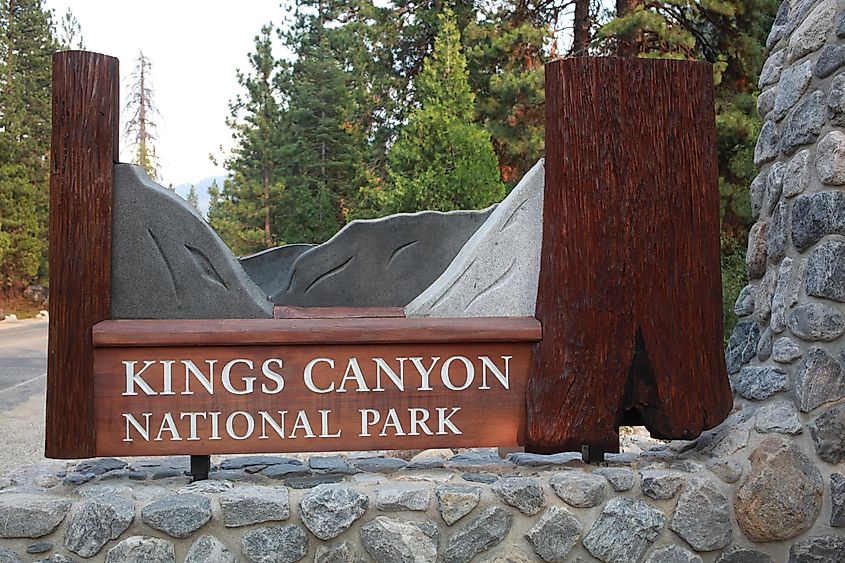
It is believed that the present Kings Canyon National Park area was originally inhabited by the native Paiute people/Eastern Monos. The Paiute people cultivated acorns and hunted deer and other small mammals for food. They also created trade routes that served as a connection between the Owens and the Central Valleys. The Central Valley was inhabited by the native Yokut people. Around 1500 AD, some of the Paiute people migrated to the Central Valley and established settlements. They came to be known as the Western Monos/Monachees. Before the Europeans arrived, the spread of smallpox disease had completely wiped off the native population of the region. The miner Hale Tharp, who settled in the Giant Forest area of the Sequoia National Park, led further explorations of the other sequoia forests in the area.
In 1862, the General Grant Tree was discovered by a sawmill operator named Joseph H. Thomas. The American naturalist John Muir visited the Kings Canyon in 1873 and was delighted to find the similarity of the King’s Canyon with the Yosemite Valley. In 1890, a bill was introduced in the US Congress for the creation of the Yosemite National Park. The bill was however substituted and some provisions were included in the bill for also creating the General Grant National Park. On October 1, 1890, the US President Benjamin Harrison established the General Grant National Park. In due course, the area of the park was expanded and on March 4, 1940, the US President Franklin D. Roosevelt established the Kings Canyon National Park.
